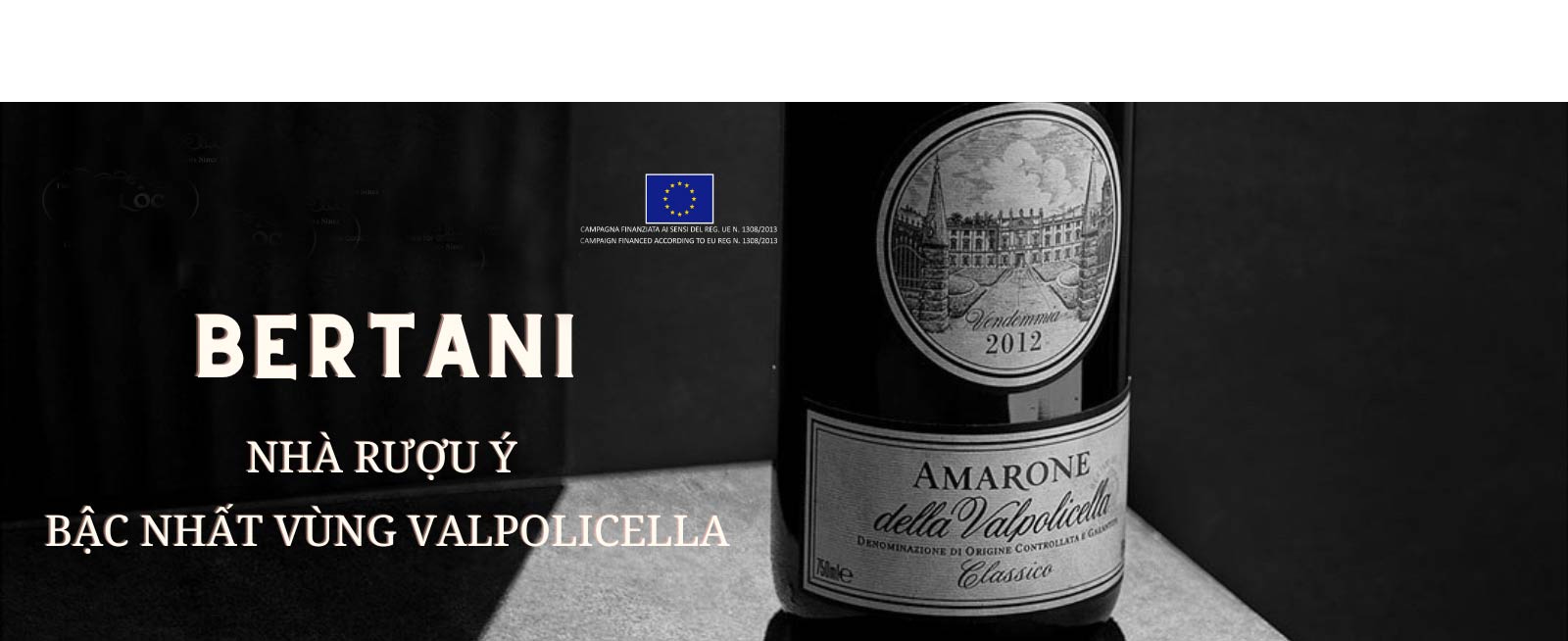Đăng nhập
Có phải loại rượu vang nào cũng cần phải Decanting?
Decanting là một bước trong việc phục vụ rượu vang tùy thuộc vào yêu cầu cũng như khá mang tính tranh cãi, liên quan đến việc rót rượu ra khỏi chai và vào một dụng cụ chứa khác hay được gọi là decanter.
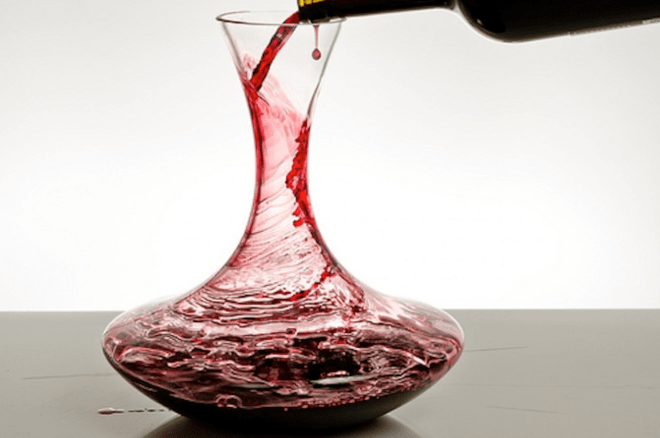
Lí do cần decanting?
1. Tách sediments (cặn lắng)
Lý do rõ ràng nhất để decanting là để tách rượu ra khỏi bất kỳ thành phần cặn lắng nào hình thành trong chai rượu gây ấn tượng không tốt lắm về hình ảnh cũng như thường có vị đắng chát. Khi mà công nghệ tinh lọc rượu chưa phổ biến và phát triển, đa phần rượu vang đều cần phải decant. Ngày nay, khi công nghệ tinh lọc rượu được áp dụng nhiều và rộng rãi hơn, cặn lắng thường chỉ xuất hiện do quá trình lão hóa trong chai và thường được thấy trong những chai rượu được lưu trữ, lên tuổi (maturation process). Ví dụ rõ ràng nhất cho quá trình này đó là những chai rượu Port Vintage hay Crusted (không lọc kĩ), khá nhiều rượu vang đỏ không hoặc có áp dụng tinh lọc nhưng rất ít cũng có thể được kể đến.
2. Ảnh hưởng tới mùi vị
Một mục đích khác mang hay được biết đến nhưng khá gây tranh cãi cho việc decanting là để thúc đẩy sự tiếp xúc với không khí và do đó khuyến khích sự phát triển mùi của rượu vang. Như cố giáo sư Émile Peynaud cũng như nhiều nhà nghiên cứu về rượu vang đã lập luận rằng điều này là không được chứng minh bằng khoa học: rằng hành động để rượu vang tiếp xúc thêm với oxy khi rượu vang đã được rót ra thường gây bất lợi, và càng kéo dài việc này trước khi phục vụ rượu vang càng lâu khả năng lan tỏa mùi thơm của nó càng ít và các tác động lên giác quan càng kém đi. Lời khuyên của ông ấy là chỉ để lọc bỏ đối với các loại rượu có trầm tích, và áp dụng ngay trước khi phục vụ. Việc để rượu vang tiếp xúc với không khi để xử lý một số lỗi của rượu như “reduction” (rượu bị kín) hay “mercaptans” (một số mùi hóa học/nhựa) nên chỉ diễn ra trong ly và vì vậy decanting chỉ nên diễn ra ngay trước lúc phục vụ.
Tuy nhiên, rõ ràng có một số loại rượu vang, ví dụ như những chai Barolo truyền thống lúc trẻ, có thể thí nghiệm của Giáo sư Peynaud sẽ không hoàn toàn đúng cho lắm, với mức độ cô đọng về mùi vị và tannin, thì việc giảm nhẹ các tác động của mùi vị lên giác quan người uống lại có giá trị tích cực nhất định.
3. Giúp phục vụ dễ dàng hơn
Ngoài ra còn có một nguyên nhân mang tính thực tế nữa của chủ tiệc hay người phục vụ đó là sự thuận tiện hơn khi decant trước bữa ăn và sử dụng decanter. Cũng có những người thích ngắm nhìn rượu vang trong một chiếc decanter đẹp đẽ mà họ sẵn sàng để rượu bị tác động bởi không khí nhiều hơn một chút.
Decant như thế nào?
Một số chuyên gia lập luận rằng các chai được lưu trữ theo chiều ngang nên được giữ tĩnh nhất có thể trước khi được decant, vì vậy việc sử dụng decanting cradle hoặc một máy decanter (khá là đắt) là cần thiết. Một phương pháp đơn giản và phổ biến hơn đó là giữ chai rượu thẳng đứng trong một quãng thời gian trước khi đổ ra decanter, điều này cho phép cặn lắng từ trong chai chìm xuống đáy.
Dù sử dụng phương pháp nào, hãy đảm bảo rằng decanter được giữ sạch sẽ và không bị ám mùi, bên cạnh đó hãy tìm một nguồn ánh sáng tốt chiếu lên chai (đèn nến, đèn pin, đèn bàn không che với ánh sáng tự nhiên). Sau khi mở chai một cách nhẹ nhàng nhất có thể, lau sạch miệng chai để tránh nhiễm bẩn, đặc biệt khi phần bọc nút chai có thể bị nhiễm chì sau thời gian dài, hãy đổ đều các chất trong chai vào bình decanter với nguồn anh sáng phía sau cổ chai một cách cẩn thận. Khi bạn nhìn thấy phần cặn lắng ở đáy chai bắt đầu lên tới cổ chai, đó là lúc bạn có thể ngừng rót.
Ngoài ra để có thể rót được nhiều nhất từ trong một chai có cặn lắng, nhất là khi bạn không có thời gian để cho tất cả các chất cặn rơi xuống đáy chai, hoặc nếu nút chai bị vỡ vụn trong lúc mở chai, rượu có thể được đưa vào decanter thông qua vải sạch như muslin (một loại vải cotton), giấy lọc cà phê hoặc những miếng lọc rượu được thiết kế riêng.

Có phải loại vang nào cũng cần decant?
Để kết luận lại, việc decant hay không sẽ phụ thuộc vào tính chất của chai rượu cũng như nhu cầu phục vụ của bạn. Để một bữa tiệc có tính trang trọng và phục vụ được dễ dàng hơn, bạn hoàn toàn có thể decant rượu ngay trước lúc phục vụ hay ngay trước bữa tiệc. Nhìn vào tính chất của rượu, chúng ta nên dùng decant cho những chai rượu có dấu hiệu mùi bị kín, có dấu hiệu mùi sulfur, carbonic hay đã xuất hiện cặn lắng như một số dòng vang được sản xuất không qua tinh lọc hay những dòng vang nhiều tuổi từ 5 năm trở lên. Để kiểm tra, bạn có thể để chai rượu thẳng đứng tầm một tiếng và kiểm tra dưới ánh đèn phần cặn lắng ở đáy chai. Bên cạnh đó, một số dòng vang đậm mạnh mới xuất ra khỏi hầm rượu chưa lâu cũng nên được decant trước khi phục vụ để làm dịu lại cấu trúc và mùi vị. Chúng ta có thể kể đến như Barolo, Amarone của Ý, Cahors của Pháp, một số dòng Cabernet Sauvignon của Napa Valley, Mỹ,...
Biên soạn bởi Sommelier Đa Lộc - Lincoln
Bình luận
Tin tức mới Xem tất cả
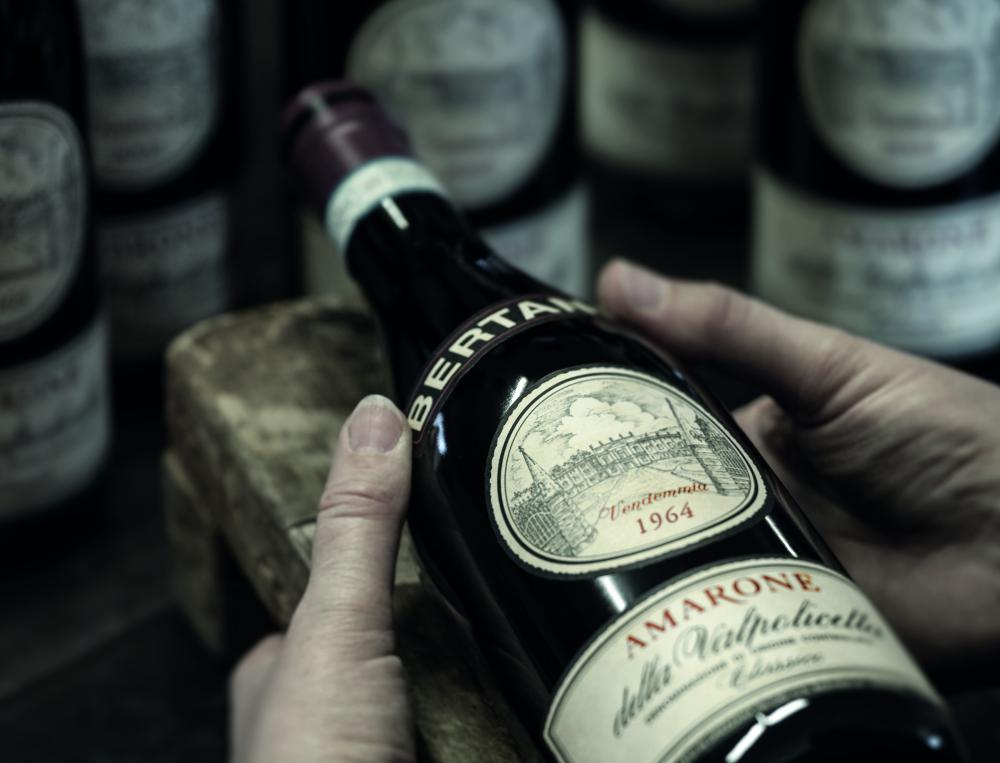
10 bí mật đằng sau đằng sau loại rượu vang tinh túy của nước Ý - Amarone
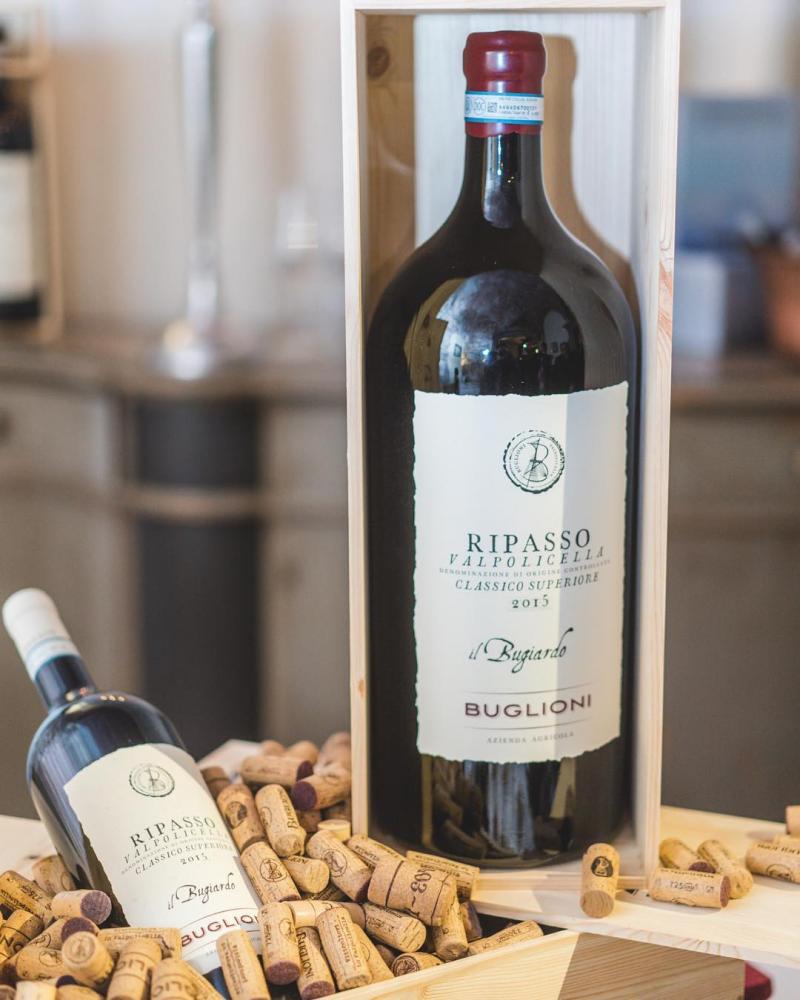
Cái duyên tình cờ đến với rượu vang

Viña Carmen - Nhà rượu tiên phong của Chile và giá trị vượt thời gian

TACAPACA – GIÁ TRỊ TRUYỀN THỐNG VÀ LỊCH SỬ CỦA CHILE

Rượu vang organic có đang là xu hướng của thế giới?
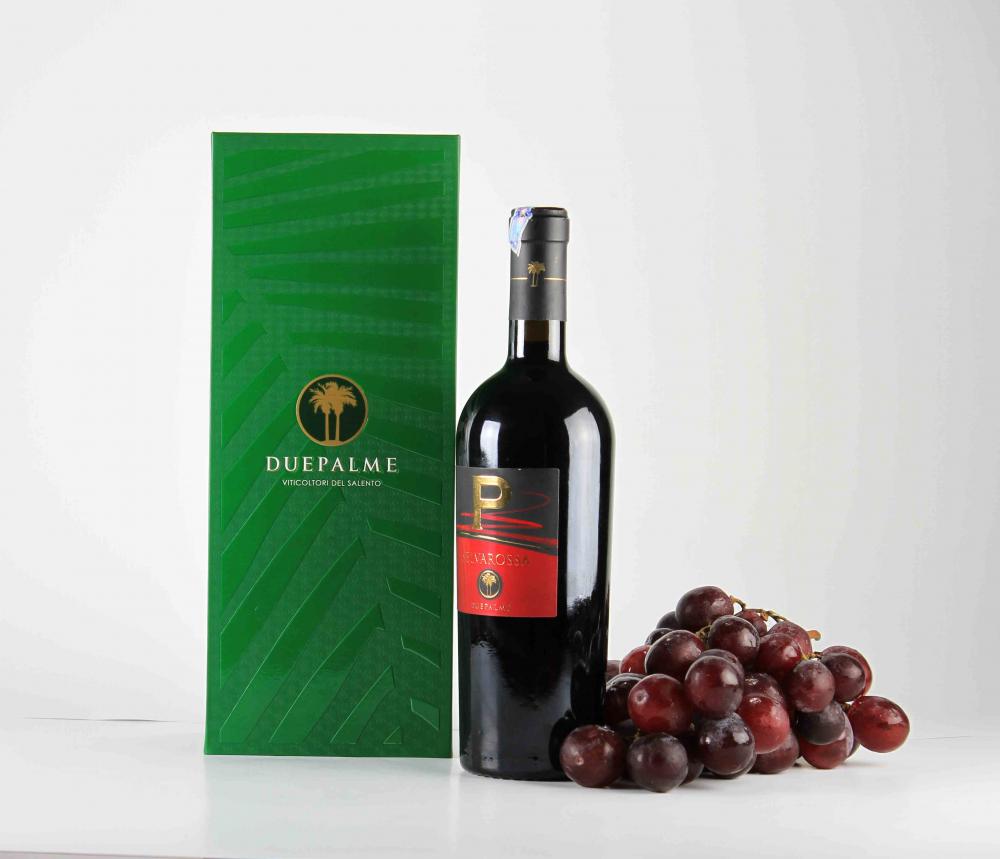
Những món quà rượu vang độc đáo cho dịp Tết 2018
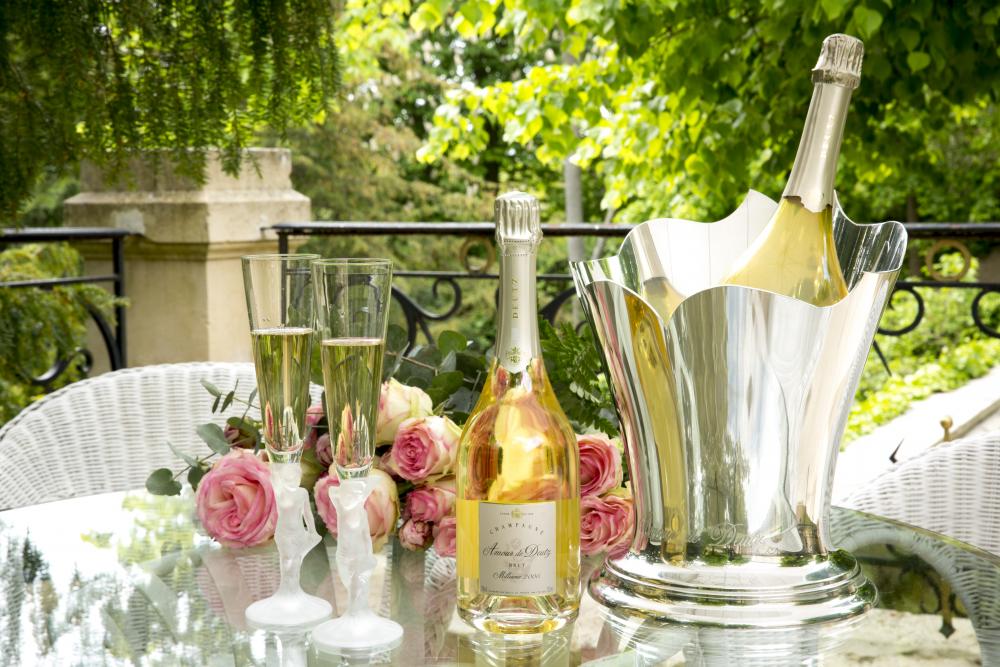
TẠI SAO CHAMPAGNE LẠI ĐẮT ĐỎ ĐẾN VẬY

Rượu vang Bordeaux – Chuẩn mực của sự so sánh

Delas – Rhone Valley xứ sở của Syrah

Sự kết hợp tuyệt vời giữa Rượu vang và Ẩm thực Việt

Gợi ý quà tặng rượu vang ý nghĩa cho dịp Tết

Thú chơi Rươu vang (Phần 1)

Các giống nho (Phần 1)

Rượu vang và nồng độ cồn

Rượu vang và Vintage


